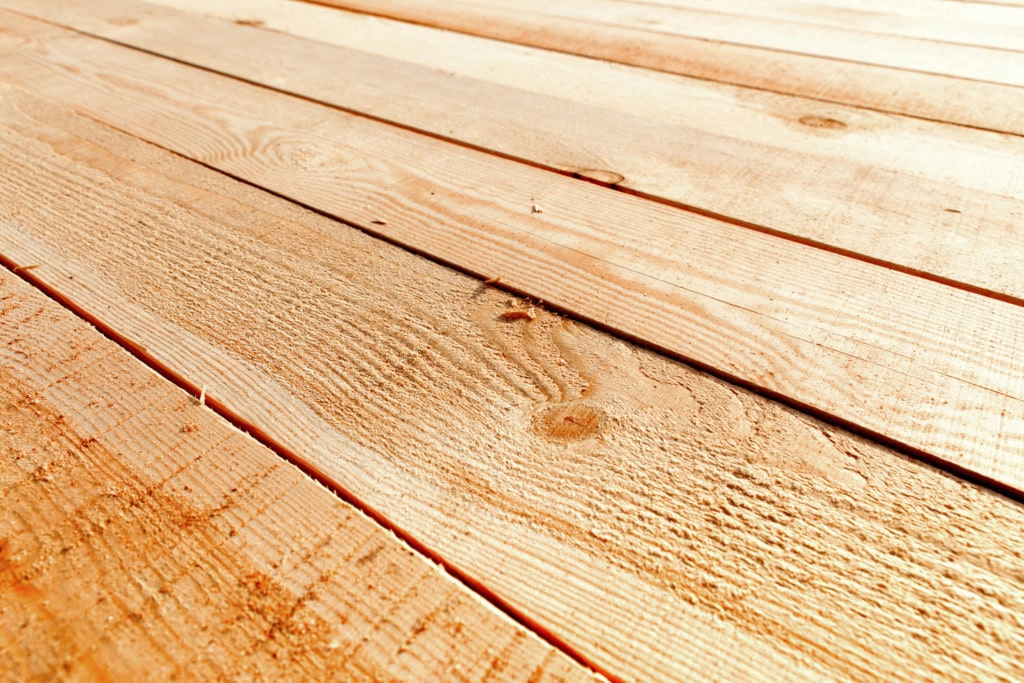Residential electricity bills have increased by 15% over the last 10 years. As it becomes more expensive to power a home, many have turned to energy efficient upgrades to lower their energy costs.
According to the U.S. Department of Energy, a typical household can save 25% on their monthly utility bill by replacing their major appliances with more energy efficient versions.
But where are the greatest savings to be found, and is the upfront cost of an energy efficient home worth it in the long term?
There are a variety of energy efficient upgrades that you can make, ranging from more efficient light bulbs to improved insulation.
Before jumping in with energy efficient upgrades, the first question to ask is what kind of energy savings investment you want to make. Some energy efficient projects are more intensive than others, requiring a larger investment up front in the hopes of greater cost savings in the future.
One of the first upgrades many homeowners make is installing energy efficient light bulbs. LED lights consume 75% less energy and last 25 times longer than incandescent lights. Per bulb, LED lights only cost a few dollars more than incandescent bulbs. LED lights are a great investment that are easy to install and don’t require replacement for decades. Just don’t expect massive energy savings, as light bulbs make up a small percentage of your monthly costs. If you want greater monthly savings, you will need to consider further upgrades.
There are a few ways to increase your energy efficiency enough to realize a significant monthly savings. Here is how you can make a dent in your energy costs:
Add an extra layer of insulation. Homeowners are often stuck with a house that is too hot in the summer and too cold in the winter—a recipe that only leads to increased air conditioning or furnace use, causing energy costs to skyrocket. Many newer homes have great insulation, including new roofs, which helps to regulate indoor temperatures during hot and cold spells. But older homes generally have less advanced forms of insulation, often many decades old. If you are paying a ton for A/C or heat, be sure to consider new insulation.
There are different types of insulation that are installed based on the climate in your area. Don’t know where to start? The Department of Energy has a helpful insulation guide to help you identify the most applicable insulation for your home.
Install new windows or seal the current ones. Many older windows are single pane, which do a poor job of insulating your home. Upgrading to modern double-pane windows will help you regulate inside temperatures. The same goes for poorly sealed windows, which allow for air to escape your home. The A/C might be pumping in cool air that escapes from bad window seals. You want to keep that cool air inside your home so you can turn off your A/C when the house is comfortable. This will help you save money on monthly energy bills.
Install low-flow plumbing. Low-flow plumbing fixtures—such as showerheads, faucets, and toilets—are designed to regulate water usage. This is a great way to curb the amount of water you use, a cost savings which can be realized on your monthly water bill.
Upgrade to energy efficient appliances. Dishwashers, microwaves, ovens, laundry machines, televisions—you name it—are all offered in energy efficient models. These appliances are used everyday, and make up a large percentage of your monthly costs. It makes sense to upgrade to energy efficient models: nothing will change about the function of your appliances, they will simply use less energy.
Get a smart thermostat. A smart thermostat regulates your home’s temperature much better than a manual thermostat, with the goal being to keep things comfortable when you are home, while reducing energy usage when you are not home.
Think about your daily schedule. For those that do not work at home, there are at least 40 hours per week when you’re away. Even if it’s the middle of summer, why should your A/C run when nobody is home?
You can drastically reduce energy usage with a smart thermostat that learns when you are home and uses data analysis to determine the best way to effectively cool or heat your home when you need it most. Since heating and cooling makes up 42% of the average homeowner’s monthly energy bill, a smart thermostat can mean big savings.
Energy efficient upgrades are often expensive, but the upfront investment will be offset by future monthly savings.
Energy-saving measures will help you lower your monthly energy costs. While LED light bulbs alone won’t make a huge difference, more expensive upgrades like new double-pane windows will definitely make your bill decrease. But you might still question if the initial energy efficient investment will be offset by long term savings. The answer is most likely yes.
Take the smart thermostat, for example. The smart thermostat will not power on the A/C unit while you aren’t home. You don’t have the same flexibility with a traditional thermostat, in which you have to set a temperature that automatically triggers the A/C.
Let’s say you set your thermostat at 77 degrees. Every time the inside temperature goes above 77 degrees, a traditional thermostat turns on the A/C. It might run for six hours, even though you aren’t home. Obviously, you can buy a standard programmable thermostat and set it to not run when you aren’t home, or set it to target a higher temperature while you’re away. But homeowners often fail to set their thermostats for optimized performance. A smart thermostat, on the other hand, can identify when the A/C doesn’t need to be run, when it needs to be run to start preparing for your arrival, and exactly when it needs to achieve that perfect temperature of 77 degrees, maximizing your comfort while minimizing energy consumption.
Smart thermostats represent a significant cost savings in the long run. You will recoup your initial investment and continue saving in the future.
Energy efficient appliances and fixtures can save you money. The amount you stand to save depends on how much you invest to upgrade to energy-saving appliances. LED light bulbs might save you a few dollars per month, which is a win for some people. But if you want to realize significant savings, consider upgrades to windows, insulation, and smart technology designed specifically to make your home more efficient.
As always, contact North American Home Services if you have any questions! Our home inspection staff has seen it all, from holes in roofs to cracks in foundations, and everything in between.




